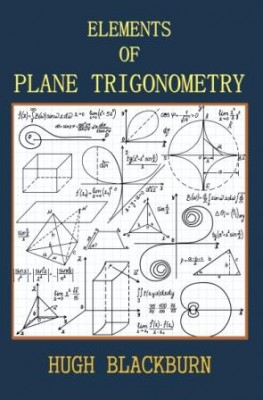More Search Results...
He succeeded Thomson’s father James in the Chair of Mathematics.
Hugh Blackburn was brought up at Killearn House, Stirlingshire, the seventh of eight children of the wealthy Glasgow merchant John Blackburn and his wife Rebecca Leslie Gillies, the daughter of a Church of Scotland minister, and a relative of Colin Maclaurin. His elder brother was the judge Colin Blackburn, Baron Blackburn.
He was educated at Edinburgh Academy and Eton before entering Trinity College, Cambridge in 1840. There he met Thomson, who entered in the same year; he was also a member of the Cambridge Apostles. During this time he invented the Blackburn pendulum. In the Mathematical Tripos examinations of 1845 he graduated fifth wrangler, while Thomson graduated second wrangler.
He entered the Inner Temple in 1847, but was never called to the Bar; his name was withdrawn in 1849, the year in which he became Professor of Mathematics at the University of Glasgow.
Works:
A treatise on trigonometry, London, 1855. Part of the Encyclopedia Metropolitana.
A short sketch of the constitutional history of the University of Glasgow and of Glasgow College in that University : with remarks on the Universities (Scotland) Bill, 1858
(ed. with William Thomson ) Sir Isaac Newton’s Principia, 1871
Elements of plane trigonometry for the use of the junior class of mathematics in the University of Glasgow, 1871
Elements of Plane Trigonometry
Trigonometry (from "trigwnon", triangle, and "metrew") is the science of the numerical relations between the sides and angles of triangles.
This Treatise is intended to demonstrate, to those who have learned the principal propositions in the first six books of Euclid, so much of Trigonometry as was originally implied in the term, that is, how from given values of some of the sides and angles of a triangle to calculate, in the most convenient way, all the others. A few propositions supplementary to Euclid are premised as introductory to the propositions of Trigonometry as usually understood.
More info →




























